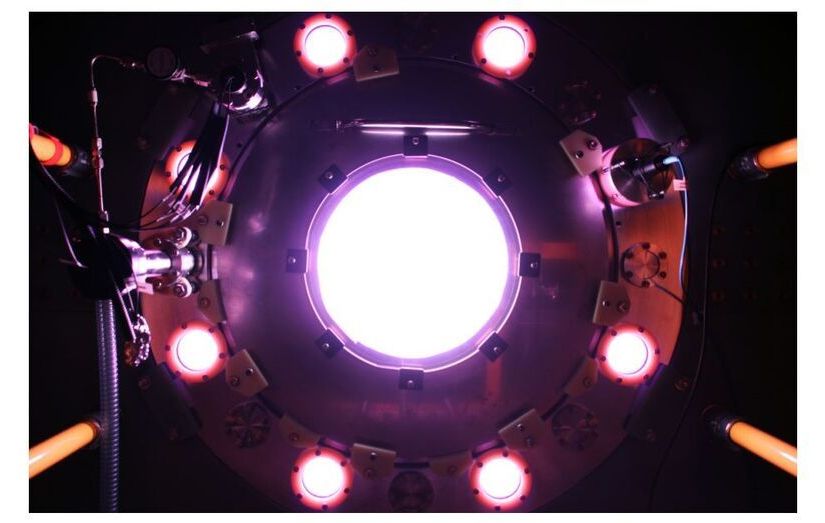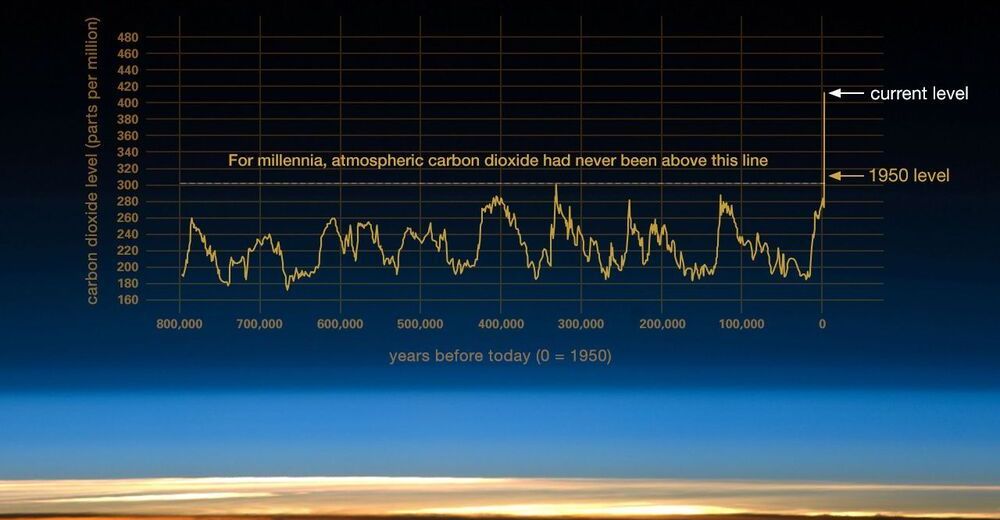About 2.2 billion people globally lack reliable access to clean drinking water, according to the United Nations, and the growing impacts of climate change are likely to worsen this reality.
Solar steam generation (SSG) has emerged as a promising renewable energy technology for water harvesting, desalination, and purification that could benefit people who need it most in remote communities, disaster-relief areas, and developing nations. In Applied Physics Letters, Virginia Tech researchers developed a synthetic tree to enhance SSG.
SSG turns solar energy into heat. Water from a storage tank continuously wicks up small, floating porous columns. Once water reaches the layer of photothermal material, it evaporates, and the steam is condensed into drinking water.






